Imagine yourself standing amidst the awe-inspiring beauty of South Dakota’s Badlands National Park. Stretching across rugged terrain, this stunning national park boasts a fascinating history and an array of unique features that are waiting to be explored. From its notable significance in American history to its diverse flora and fauna, the Badlands offer an unparalleled experience for nature enthusiasts and adventure seekers alike.
With breathtaking landscapes, iconic attractions, and a range of activities to partake in, this hidden gem is a destination that shouldn’t be missed. So pack your bags, lace up your hiking boots, and get ready to embark on an unforgettable journey through the Badlands National Park in South Dakota.

Introduction To Exploring The Badlands
Welcome to Badlands National Park in South Dakota, a breathtaking destination that will leave you in awe of its unique features and rich history. Located in the Great Plains region of the United States, Badlands National Park is known for its stunning geological formations, diverse wildlife, and fascinating history. Whether you’re a nature lover, history enthusiast, or adventure seeker, this park has something for everyone. Get ready to embark on a journey through the Badlands and discover the wonders that await!
History and Significance
The history of Badlands National Park dates back millions of years when the area was covered by an ancient sea. Over time, erosion and various geological processes sculpted the striking rock formations, canyons, and buttes that we see today. Native American tribes, including the Lakota Sioux, have inhabited the area for centuries, using the land as a hunting ground and gathering place. In the 19th century, explorers, fur trappers, and settlers ventured into the region, leaving their mark on its history.
One historical figure closely associated with Badlands National Park is the famous Lakota chief, Sitting Bull. He was born near the park and is known for his role in the Battle of Little Bighorn. The park also played a significant role during the American homesteading era, as settlers attempted to cultivate the harsh terrain. Today, the park stands as a testament to the resilience of those who have come before, offering visitors a glimpse into the past.
The ecological significance of Badlands National Park cannot be overstated. It is home to an array of plant and animal species, some of which are unique to the area. The rugged terrain provides habitat for bighorn sheep, bison, prairie dogs, and endangered black-footed ferrets. The park also boasts a diverse range of bird species, making it a paradise for birdwatchers. Additionally, the park’s geological formations contain important research opportunities, allowing scientists to better understand the Earth’s history and evolution.
Geography and Landscape
Badlands National Park stretches across approximately 244,000 acres of stunning landscape. The park’s topography is characterized by deep canyons, towering rock formations, and expansive prairies. The striking Badlands Wall, a natural barrier made up of layered rock, runs through the park and provides a breathtaking backdrop. The park is also home to unique landforms such as the White River Valley, which offers a glimpse into the past with its ancient rock formations.
When it comes to flora and fauna, the park showcases a diverse range of species that have adapted to the harsh environment. Patches of prairie grasses dot the landscape, while wildflowers add bursts of color during the spring and summer months. Look closely, and you may spot the iconic prickly pear cactus and yucca plants thriving in the arid conditions. As for wildlife, keep your eyes peeled for bison, bighorn sheep, prairie dogs, and even the elusive black-footed ferret.
The climate in Badlands National Park is characterized by hot summers and cold winters. Summers can be scorching, with temperatures often exceeding 90°F (32°C). Meanwhile, winters can be bitterly cold, with temperatures dropping to below freezing. Spring and fall tend to offer milder temperatures, making them popular seasons to visit. However, do keep in mind that the weather can be unpredictable, so come prepared with appropriate clothing and gear.
Attractions and Activities
No visit to Badlands National Park would be complete without exploring its incredible attractions and participating in the various activities available. One of the main attractions is the Badlands Loop Road, a 31-mile scenic drive that takes you through the heart of the park. As you drive along this route, you’ll be treated to breathtaking vistas, overlooks, and opportunities to spot wildlife.
Hiking enthusiasts will be thrilled with the numerous trails that wind through the park, offering opportunities to experience its beauty up close. Notable trails include the Notch Trail, which leads you through canyons and up to a stunning overlook, and the Door Trail, a short and accessible trail that provides incredible views of the unique landscape.
Camping is a popular activity in Badlands National Park, allowing visitors to immerse themselves in the natural beauty of the surroundings. The park offers two campgrounds, Cedar Pass Campground and Sage Creek Campground, both of which provide basic amenities. Keep in mind that camping facilities can fill up quickly during peak season, so making reservations in advance is recommended.
For those looking for a more immersive experience, the park also offers ranger-led programs and guided tours. These educational programs provide insights into the park’s natural resources, cultural history, and geology. From wildlife talks to fossil talks and night sky programs, there’s always something fascinating to learn!



))/3764329.json?hei=600&wid=600&$Soc_facebook$)

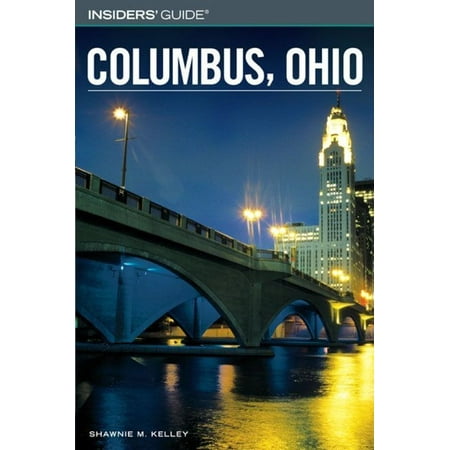
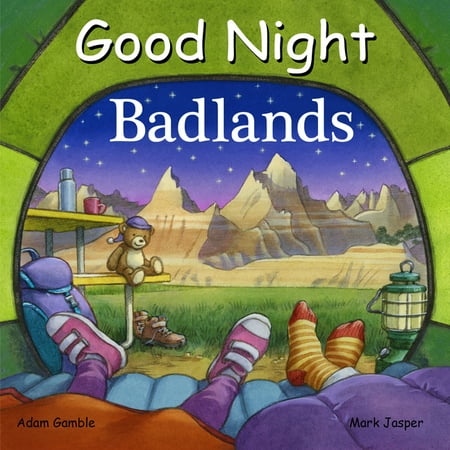
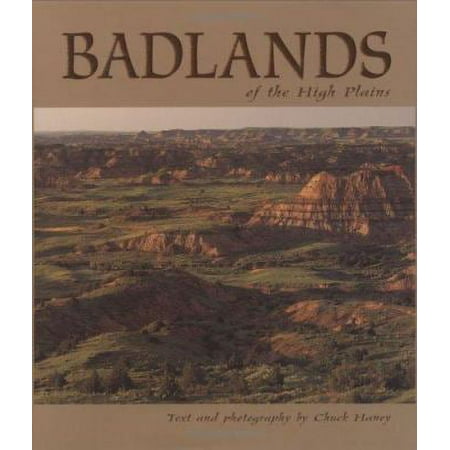
))/3528583.json)
Camping and Accommodation
Camping in the Badlands is a wonderful way to connect with nature and fully experience the park. The Cedar Pass Campground, located near the park’s Visitor Center, offers both tent and RV sites. The campground provides basic amenities such as potable water, restrooms, and picnic tables. There is also a small camp store where you can purchase firewood and other camping essentials.
If you prefer a more primitive camping experience, the Sage Creek Campground is a great option. This free campground is located on the northern end of the park and offers stunning views of the Badlands. While there are no facilities available at this campground, it provides a unique opportunity to truly immerse yourself in the rugged beauty of the area.
For those looking for alternative accommodation options, there are hotels and lodges located just outside the park. These accommodations offer comfortable rooms and amenities, allowing you to relax after a day of exploration. However, staying within the park allows for an unforgettable experience of sleeping under the stars and waking up to breathtaking sunrise views.
If you’re new to camping or visiting the park for the first time, here are a few tips to make your experience more enjoyable. Be sure to pack proper camping gear, including a sturdy tent, sleeping bags, and cooking equipment. It’s also essential to bring plenty of water and food, as well as sunscreen and insect repellent. Lastly, familiarize yourself with park rules and regulations to ensure a safe and responsible camping experience.



Conservation and Environmental Issues
Badlands National Park places a strong emphasis on conservation efforts to protect its unique ecosystem and cultural heritage. The park actively manages its resources, ensuring the preservation of its diverse flora and fauna. Conservation efforts include habitat restoration, monitoring of endangered species, and vegetation management to minimize the impact of invasive species.
However, the park also faces environmental challenges, such as the encroachment of non-native plants and the potential effects of climate change. As visitors, it is crucial to practice responsible tourism and eco-friendly practices to minimize our impact on the environment. This includes staying on designated trails, properly disposing of waste, and respecting wildlife and their habitats.
By being mindful of our actions and embracing sustainable practices, we can help preserve the natural beauty of Badlands National Park for generations to come.

Visitor Information
When planning your visit to Badlands National Park, it’s important to have all the practical information at hand. The park is open year-round, allowing visitors to explore its wonders regardless of the season. Entry fees are collected upon arrival, with options for both weekly and annual passes. The park’s Visitor Center provides valuable information on park activities, safety guidelines, and road conditions.
To make the most of your visit, consider arriving early in the day to avoid crowds and secure a camping spot if desired. The park can get busy during peak season, especially in the summer months, so planning ahead and booking accommodations in advance is recommended.
Safety is a top priority in the park, and visitors should be aware of potential hazards such as extreme weather conditions, wildlife encounters, and steep terrain. It’s essential to stay hydrated, protect yourself from the sun, and carry appropriate gear for hiking and camping activities. Always follow park regulations, stay on designated trails, and be respectful of the park and its resources.
Badlands National Park strives to provide accessibility options for all visitors. Accessible facilities, trails, and viewpoints are available to ensure that everyone can enjoy and appreciate the park’s beauty and natural wonders.

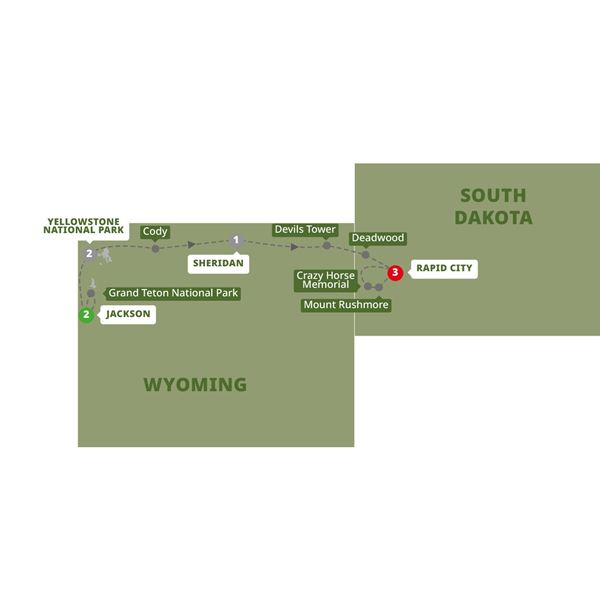
Personal Experiences and Recommendations
Visiting Badlands National Park is an incredible experience that has left a lasting impression on many visitors. One personal story comes from Jane, a nature enthusiast who embarked on a solo camping trip in the park. She vividly recalls waking up to a stunning sunrise casting golden hues on the unique rock formations. It was a moment of pure serenity and a reminder of the beauty of the natural world.
For first-time visitors, it’s recommended to start your journey with the Badlands Loop Road, as it offers a comprehensive overview of the park’s highlights. Be sure to take your time at the various overlooks to fully appreciate the breathtaking vistas and snap some unforgettable photographs.
While popular attractions like the Window and Door Trails are must-sees, don’t be afraid to venture off the beaten path and explore lesser-known spots. The Conata Basin Overlook, for example, offers panoramic views and a chance to see wildlife in their natural habitat.
If you’re looking for a unique experience, consider participating in a ranger-led program such as a fossil talk or night sky program. These educational programs provide valuable insights and allow you to appreciate the park’s natural wonders on a deeper level.
Conclusion
In conclusion, Badlands National Park in South Dakota is a majestic destination that captivates visitors with its awe-inspiring landscapes, rich history, and diverse wildlife. Whether you’re exploring the stunning rock formations, hiking through canyons, or camping under the starry night sky, this park offers an immersive experience like no other.
As you journey through Badlands National Park, take a moment to reflect on its significance as a testament to the Earth’s geological processes and the vibrant cultures that have thrived here. Engage in responsible tourism practices to ensure the preservation of this natural wonder for future generations.
So, what are you waiting for? Plan your visit to Badlands National Park and embark on an unforgettable adventure that will leave you with memories to last a lifetime.
Additional Resources
For more detailed information about Badlands National Park, visit the official park website: Badlands National Park
Guidebooks:
- “Moon Mount Rushmore & the Black Hills: Including the Badlands” by Laural A. Bidwell
- “Hiking South Dakota’s Black Hills Country” by Bert Gildart
Contact information for Badlands National Park:
- Phone: 605-433-5361
- Address: 25216 Ben Reifel Road, Interior, SD 57750
For travel information and assistance, reach out to the South Dakota Department of Tourism:
- Phone: 1-800-732-5682
- Website: South Dakota Department of Tourism
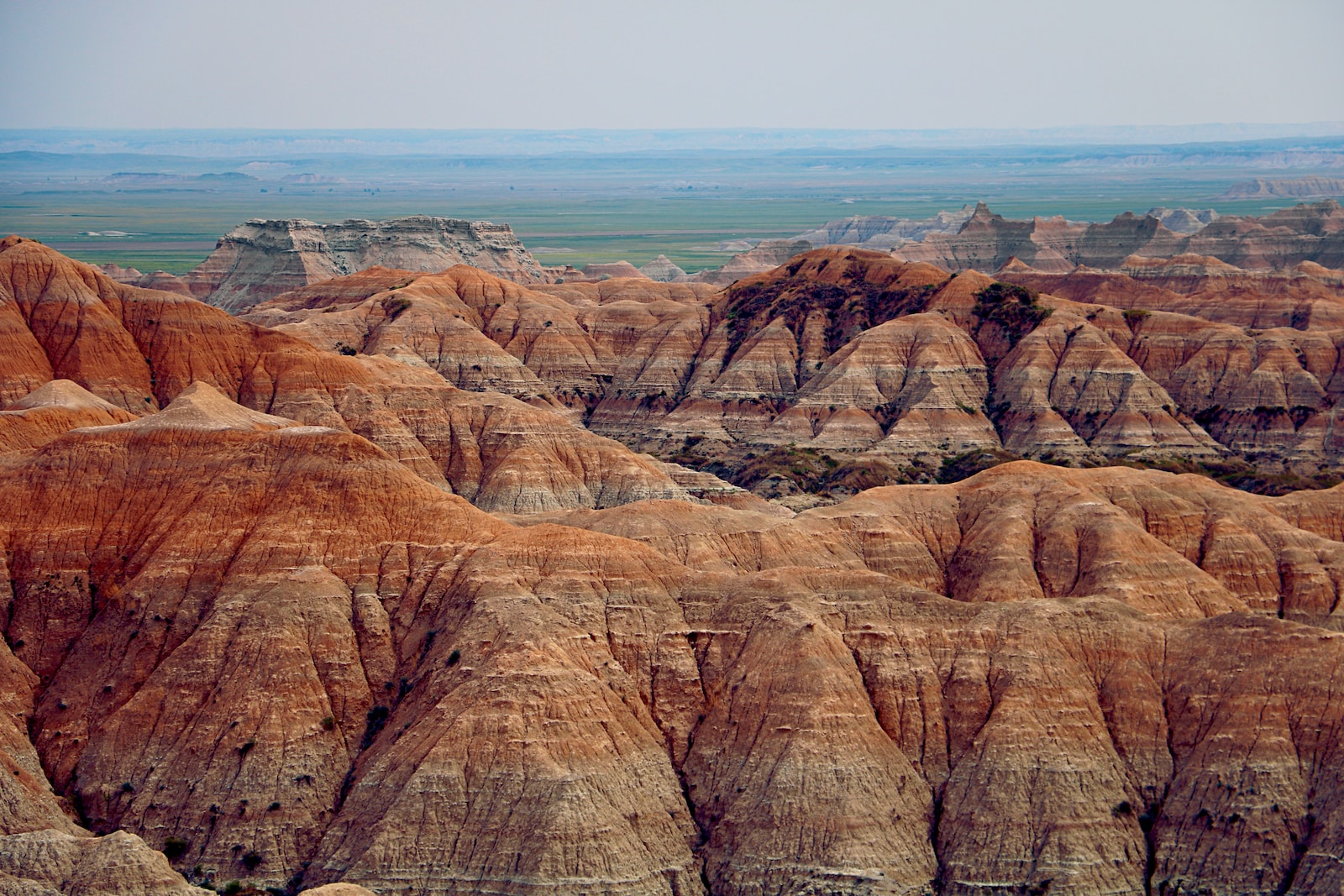
Leave a Reply